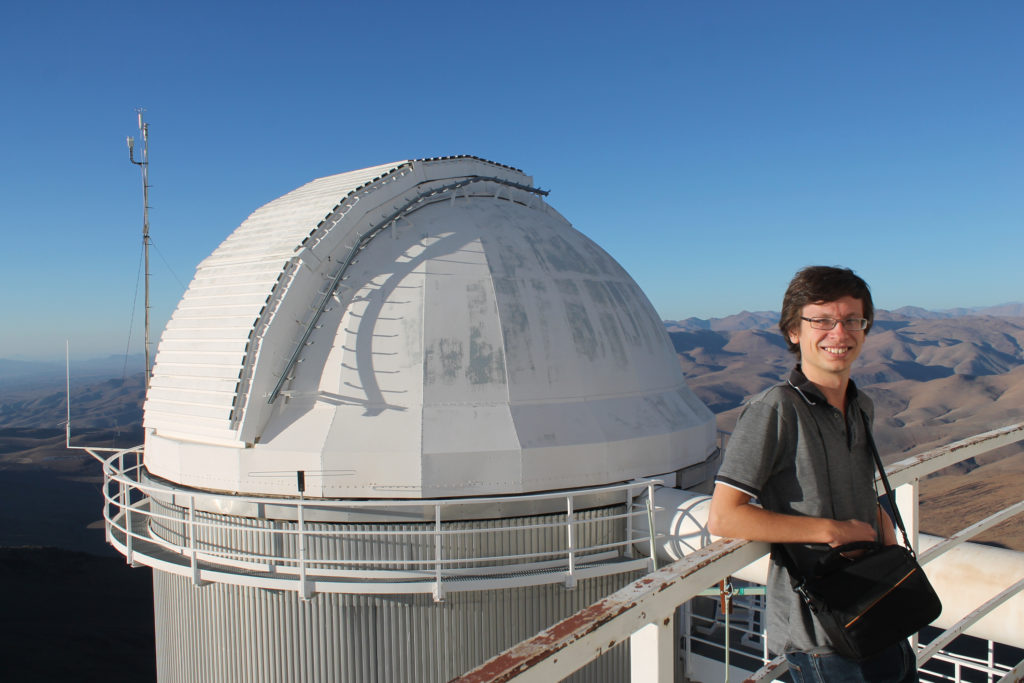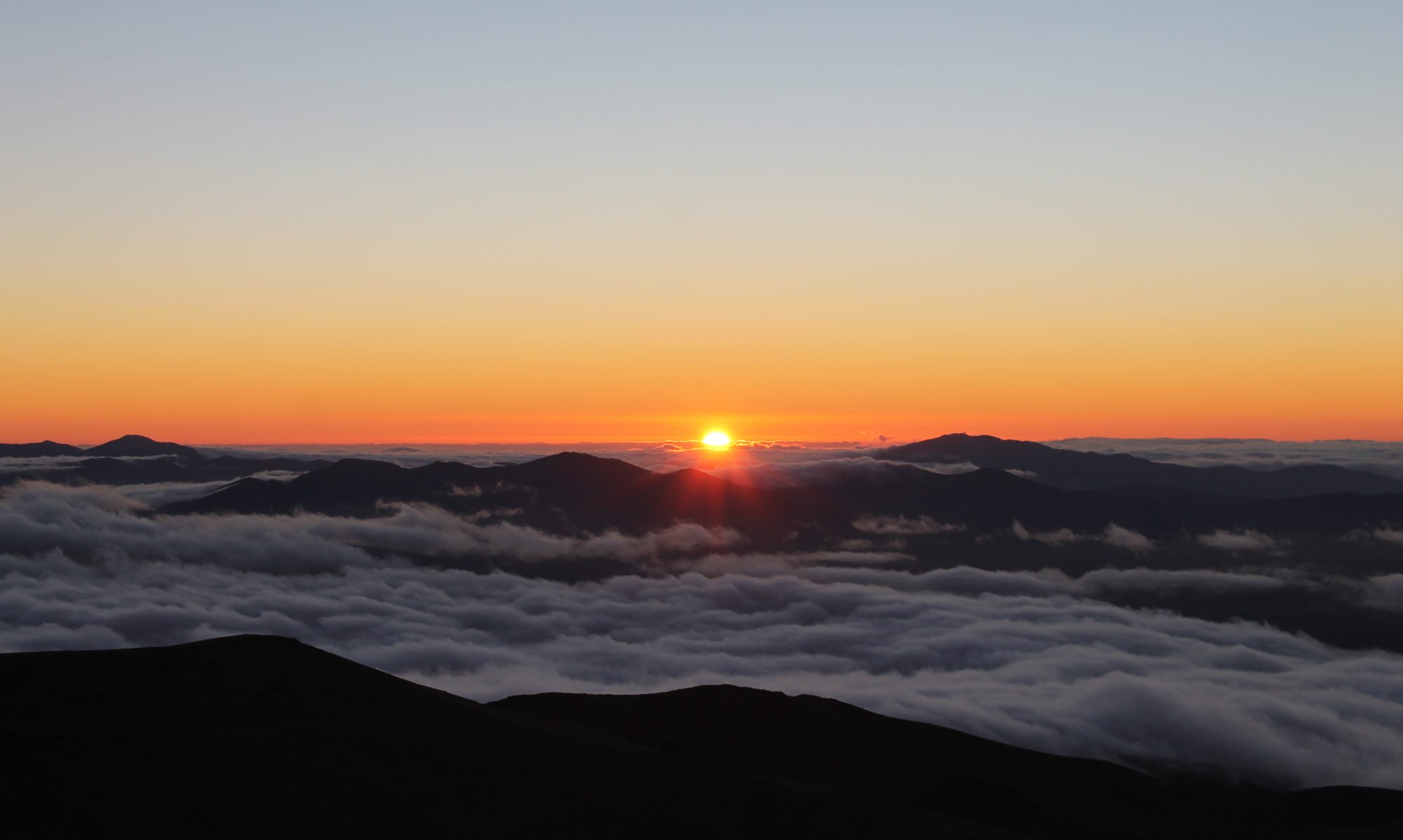Research
I am a Postdoc in the Physics and Astronomy department at the University of Oklahoma and a visiting fellow at the University of Colorado. I study the evolution of binary systems, especially where it concerns compact binaries.

I research the evolution of short-period binary systems from several angles. Where I started my research, and what remains my core interest, is double white dwarf binary systems, and especially those undergoing mass transfer (sometimes called AM CVn-type binary systems). These are weird and exotic systems, with orbital periods as short as five minutes and where the donor star has been stripped down to just a few percent of what was originally there.
We can use these systems to better understand some of the processes at play in binary evolution, such as magnetic braking and common envelope evolution. During my PhD I and collaborators used data on the eclipsing AM CVn, Gaia14aae, to put constraints on how these systems can form. From our work, and others, has emerged a general picture that AM CVn donors are hotter and more inflated than we thought they should be — there may be several explanations for this, but any explanation must change something about our picture of how these systems form. Now I’m working on a follow-up project centred on the ~20 new eclipsing systems discovered in the last few years. I also maintain a catalogue of mass-transferring ultracompact binaries, including AM CVn-type binaries and others.
In the last few years I’ve also been trying to understand the general population of unresolved, short-period binaries. Close binary systems show a range of photometric signatures, including ellipsoidal modulation, Doppler beaming, and reflection. I built a catalogue of short-period binaries showing these signatures using TESS lightcurves. In principle, black hole companions to main sequence stars should be visible this way, but we didn’t identify any among our catalogue (this did allow us to place an upper limit on how many short-period black hole + main sequence binary systems there can be).
First Author Publications:
- “An upper limit on the frequency of short-period black hole companions to Sun-like stars” — A&A (2025), 695, A210
- “TIC 378898110: A bright, short-period AM CVn binary in TESS” — MNRAS (2024), 527, 3445
- “15 000 ellipsoidal binary candidates in TESS: Orbital periods, binary fraction, and tertiary companions” — MNRAS (2023), 522, 29
- “Spectroscopic and Photometric Periods of Six Ultracompact Accreting Binaries” — MNRAS (2020), 496, 1243
- “Phase-Resolved Spectroscopy of Gaia14aae: Line Emission From Near the White Dwarf Surface” — MNRAS (2019), 485, 1947
- “A 15.7-Minute AM CVn Binary Discovered in K2” — MNRAS (2018), 477, 5646
- “High-Speed Photometry of Gaia14aae: An Eclipsing AM CVn That Challenges Formation Models” — MNRAS (2018), 476, 1663
For a full list of co-authored publications see my Google Scholar page.
Outreach
I have volunteered for the department’s planetarium, which is used on visits to local schools. I was a regular writer for Astrobites, who summarise astro-ph papers aimed at an undergraduate level.
Writing
In my spare time I enjoy creative writing. For some samples of things I have written, check out the ‘Writing’ or ‘Blog’ tabs above!
